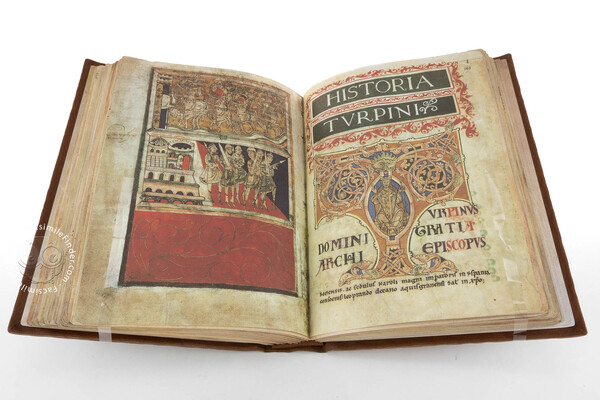MAN Wiki
Soundex (Rev #2)
From “codex” to “soundex”

The “codex?” form is regarded as the most significant advancement in the format of physical books. Starting in the 4th century AD, the codex format emerged as the dominant form of book, while the traditional scroll gradually fell out of favor 2. It replaced the form of scroll with folded collections of vellum, parchment, or papyrus sheets during the late Roman Empire, serving as the precursor to modern books.
-
A medieval manuscript that named after Pope Calixtus II, which is a collection of 5 books related to the pilgrimage to the shrine of Saint James in Santiago de Compostela, Spain. Reading here: [[https://alumniacademy.yale.edu/sites/default/files/2020-07/Codex%20Calixtinus.pdf](https://alumniacademy.yale.edu/sites/default/files/2020-07/Codex%20Calixtinus.pdf)](https://alumniacademy.yale.edu/sites/default/files/2020-07/Codex%20Calixtinus.pdf) ↩
-
According to Kenyon (1932), an examination of all the manuscripts from Oxyrhynchus up to the year 1926 revealed that no codices appeared in the manuscripts discovered from the 2nd century. In the third century, there were 6 out of 106 codices among pagan literature and 8 out of 17 codices among Christian works. By the fourth century, only 3 out of 14 codices were found in pagan literature, while all 36 manuscripts of Christian works were codices. ↩